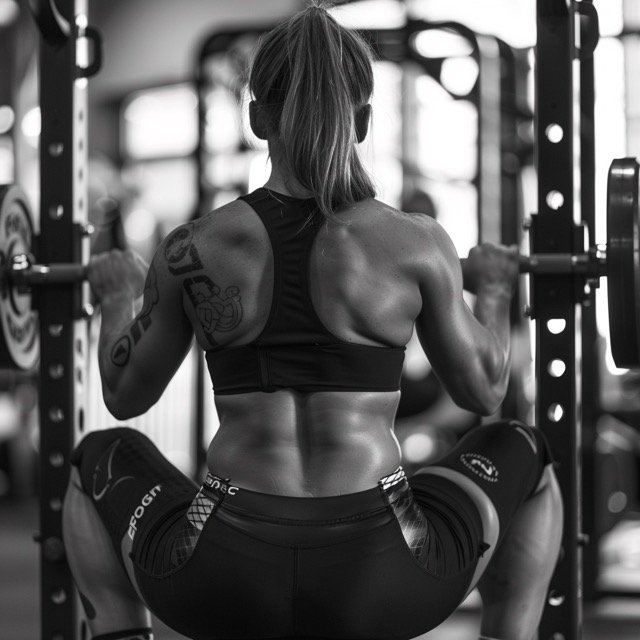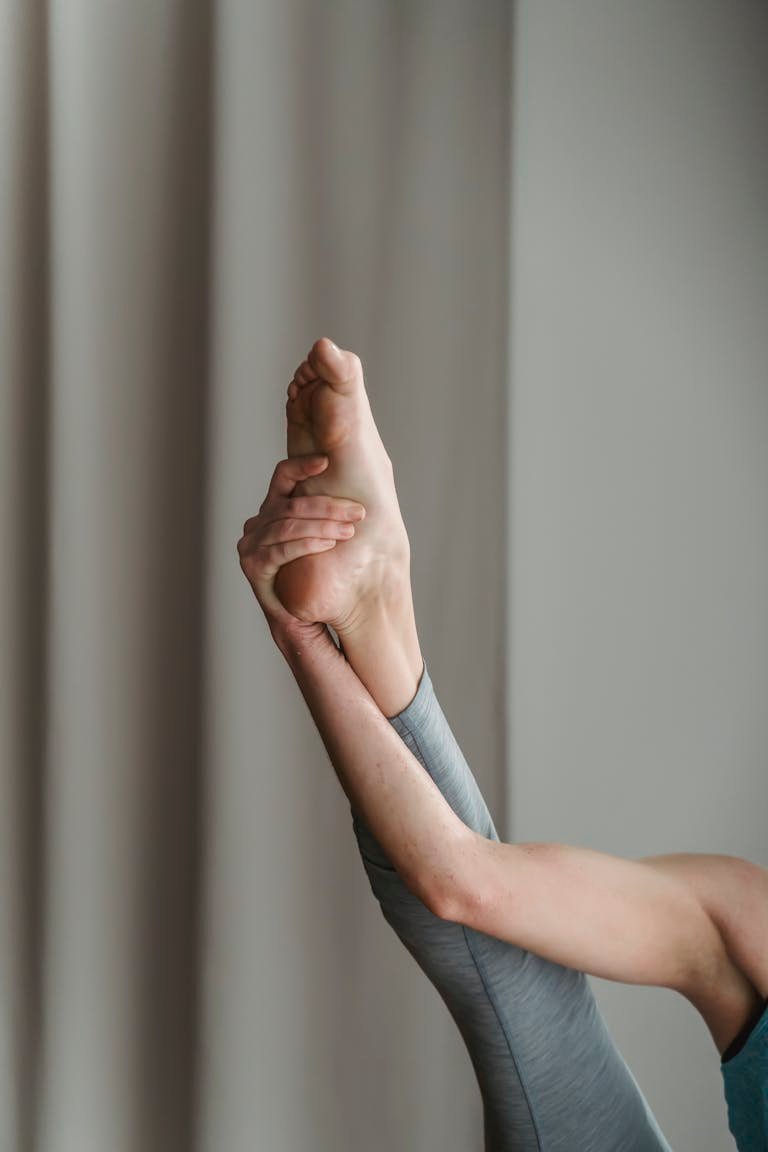Dumbbell Back Exercises: The Guide to Building a Strong Back
Dumbbell back exercises are an essential component of any well-rounded fitness routine. These exercises target the upper, middle, and lower back muscles, contributing to a strong and defined physique and overall health and well-being.
The back muscles play a crucial role in maintaining good posture, supporting the spine, and enhancing athletic performance. Incorporating dumbbell exercises into your workout regimen is an effective way to develop these muscles, improve functional strength, and reduce the risk of injury.
Strengthening the back with dumbbells offers flexibility, as they can be used at home or in the gym. Unlike machines, which often isolate muscles, dumbbells require stability and engage multiple muscle groups, promoting balanced strength and coordination.
This article explores the essential dumbbell back exercises, their benefits, and how they contribute to a healthier and more resilient body.
1. The Importance of Back Muscles in Overall Health
Before diving into specific exercises, it’s essential to understand why back strength is vital. The back muscles, including the latissimus dorsi, trapezius, rhomboids, and erector spinae, are involved in almost every upper body movement (Anatomy, Back, Extrinsic Muscles). These muscles support the spine, stabilize the shoulders, and allow for various motions such as pulling, lifting, and twisting.
A strong back improves posture, reduces strain on the spine, and prevents common issues like lower back pain, which affects approximately 80% of adults at some point in their lives. Moreover, a well-developed back contributes to better balance and stability, which are crucial for both everyday activities and athletic endeavors.
2. Key Dumbbell Back Exercises
A. Bent-Over Dumbbell Row
The bent-over dumbbell row is a fundamental exercise that targets the middle back, specifically the rhomboids and latissimus dorsi. This exercise also engages the lower back and core, making it an excellent compound movement.
- How to Perform:
- Stand with your feet shoulder-width apart, holding a dumbbell in each hand.
- Bend your knees slightly and hinge at the hips, keeping your back flat and torso almost parallel to the floor.
- Pull the dumbbells toward your ribcage, squeezing your shoulder blades together at the movement’s top.
- Lower the dumbbells back to the starting position with control.
- Benefits:
- Improves posture by strengthening the muscles that retract the shoulder blades.
- Enhances pulling strength, which is essential for exercises like pull-ups and deadlifts.
B. Dumbbell Deadlift
While commonly associated with leg and glute development, the dumbbell deadlift is also a powerful back exercise. It targets the erector spinae, a group of muscles running along the spine, which are crucial for maintaining spinal alignment and stability.
- How to Perform:
- Stand with feet hip-width apart, holding a dumbbell with an overhand grip in each hand.
- Keeping your back straight and core engaged, hinge at the hips and lower the dumbbells along the front of your legs.
- Lower until you feel a stretch in your hamstrings, then drive through your heels to return to the starting position.
- Benefits:
- Strengthens the lower back, reducing the risk of injury during heavy lifting.
- Enhances overall posterior chain development, improving athletic performance and functional strength.
C. Single-Arm Dumbbell Row
The single-arm dumbbell row is a unilateral exercise that allows you to focus on each side of the back individually, helping to correct muscle imbalances. This exercise primarily targets the lats, rhomboids, and traps.
- How to Perform:
- Place one knee and the same-side hand on a bench for support, with the other foot flat on the floor.
- Hold a dumbbell in your free hand, letting it hang straight down.
- Pull the dumbbell up to your hip, keeping your elbow close to your body and squeezing your shoulder blade at the top.
- Lower the dumbbell slowly and repeat.
- Benefits:
- Promotes balanced muscle development by working one side at a time.
- Increases core stability, as the exercise requires maintaining a stable torso.
D. Dumbbell Pullover
The dumbbell pullover is a versatile exercise that targets the lats and engages the chest and triceps. It is particularly effective for expanding the rib cage and improving shoulder mobility.
- How to Perform:
- Lie flat on a bench with a dumbbell in both hands above your chest.
- With a slight bend in your elbows, slowly lower the dumbbell in an arc over your head until you feel a stretch in your lats.
- Pull the dumbbell back to the starting position, focusing on using your lats rather than your arms.
- Benefits:
- Enhances upper body strength and flexibility.
- Strengthens the lats and improves shoulder mobility, crucial for various athletic activities.
3. Integrating Dumbbell Back Exercises into Your Routine
Focusing on proper form and gradual progression is essential when integrating dumbbell back exercises into your routine. Begin with a weight that allows you to complete 8-12 repetitions with good form, gradually increasing the weight as you build strength. Additionally, these exercises should be performed 2-3 times per week, ensuring that you allow sufficient time for muscle recovery.
4. Supporting Data and Statistics
- Back Strength and Injury Prevention: Studies have shown that individuals with stronger back muscles have a lower incidence of lower back pain.
- Impact on Posture: Regular back training can significantly improve postural alignment, reducing the likelihood of developing kyphosis, especially in older adults.
Conclusion
Dumbbell back exercises are a critical component of a balanced fitness program. They build a strong and muscular back and contribute to better posture, reduced injury risk, and enhanced overall functionality. You can achieve a healthier and more resilient body by incorporating Dumbbell back exercises like the bent-over row, dumbbell deadlift, single-arm row, and dumbbell pullover.
For those looking to deepen their understanding of back training, consider exploring additional resources on functional fitness and injury prevention. Remember, consistency and proper form are key to reaping the benefits of these exercises. Start with manageable weights, focus on controlled movements, and gradually increase the intensity to see the best results.
Further Reading:
- “The Science of Strength Training” by Austin Current
- “Starting Strength: Basic Barbell Training” by Mark Rippetoe
- Online courses on functional anatomy and kinesiology
- Fittbeat Fitness
References:
- Source on the prevalence of lower back pain: Mayo Clinic
- Study on back strength and injury prevention: National Institute of Health
- Research on posture improvement through back exercises: Journal of Orthopaedic & Sports Physical Therapy







